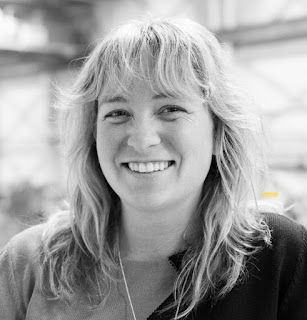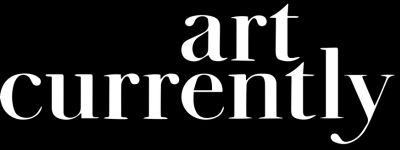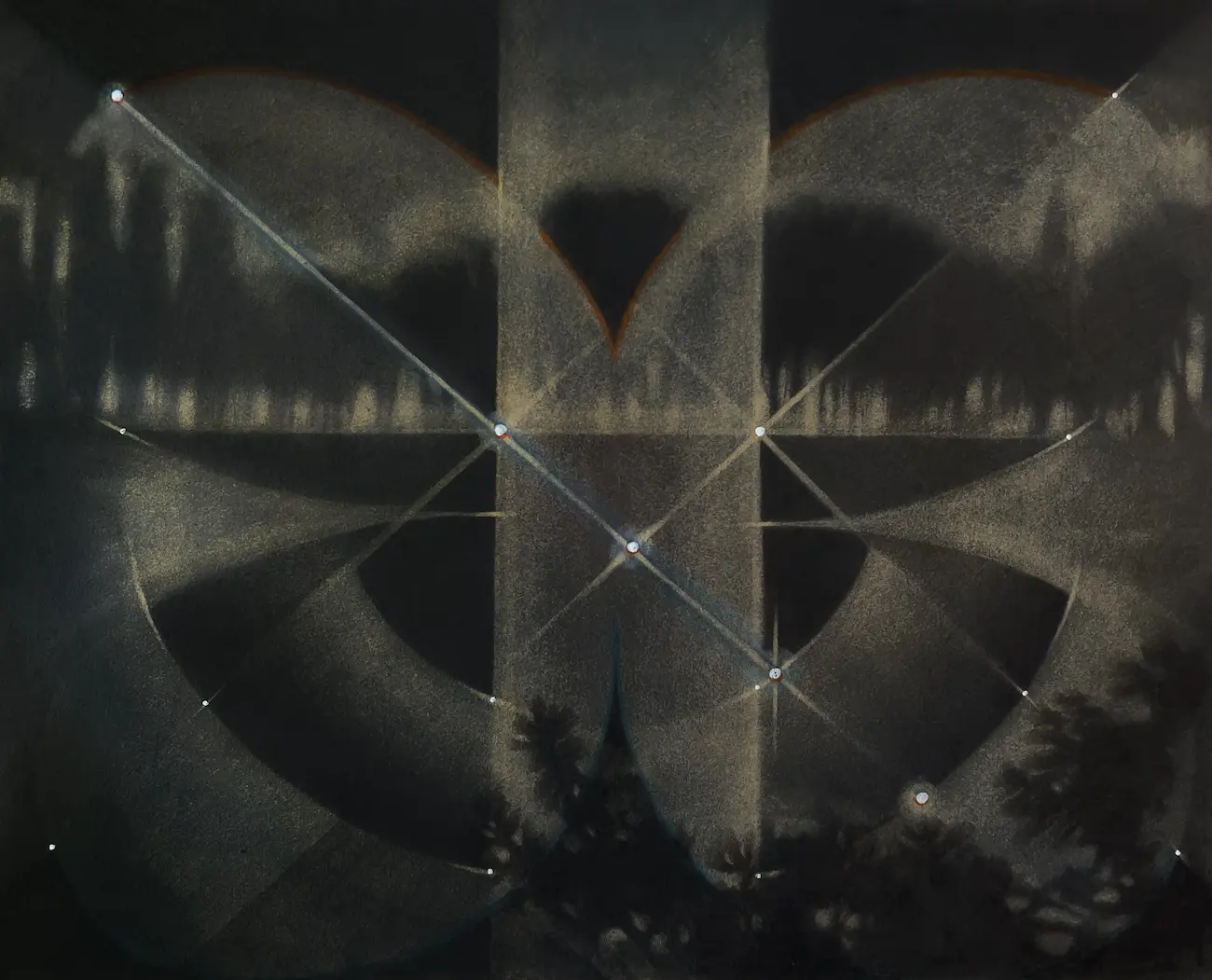The Chromatic Distortion of Terra Keck at Future Fair
Terra Keck, “The Whisper” Eraser Drawing / Graphite, Watercolor, Colored Pencil, Acrylic Paint on BFK on Panel, 16” x 20”, 2025
Terra Keck is known for her postcard sized drawings of extraterrestrial and ghostly life. She carefully layers graphite on mounted paper, to show images of a world that we might not fully understand. Now, knee deep in preparation for her upcoming two person booth at Future Fair at Las Contemporary, her work has grown in scale, and landed closer to earth.
Outlines of trees reveal a foggy horizon line, and you can make out a close up of a tropical plant in Keck’s newest works. Each drawing is a vision seen through orbs, or refracted light, as if you were holding up antique crystal to peer through. Keck herself wears glasses and is used to chromatic distortions in her vision. You become used to them as well, the longer you look. Small white dots, forming circles, are placed delicately on top of what was previously hidden, like tiny moments of precision in an otherwise hazy world.
Keck’s drawings are meditations on the unknown: brief moments when people reach across whatever membrane separates us from other worlds. Her previous series’ focus on UFO’s and celestial beings. She is zooming in on the liminal spaces where the walls between our worlds fade, allowing for flashes of connection. Keck posits that humanity’s experiences crossing these borders are not distinct from each other, but just a function of naming: are you seeing an angel, a ghost, or an alien? Are they the same thing?
Keck sees herself as a conduit to worlds unknown. Her hand is a tool for whatever spirit decides to speak through her that day, putting down layers of graphite, and then erasing them in turn; she is creating an archaeological process of discovery in each piece.
How does time play a part in your work? Whether in the making or conceptually.
I've been thinking a lot about time as a commodity. As a working artist, time is our most precious, valuable thing in the world. It's a very valuable asset to have. And in that way, I do feel like time is something that I hold close to the chest. I have a lot of time to myself to create these magical spaces within my day, and controlling my time gives me the opportunity to be really creative. I have an hourly planner, and so every moment of the day is scheduled. That way I don't have to worry about whether or not I'm being productive or whether or not I should be doing something else, and I can be entirely free to work intuitively on my panels.
Time of day is important to me, as well. I wake up at five in the morning, and that 5am feeling is indicative of a magical, ritualistic space. It is a sort of time before the world becomes human. It is still magical and mysterious then; the light is different, the air is different. The people that are out at 5am are different from the people that are out at 2am. And so, I bring that 5am mystery into a lot of my work. The light is a little bit dull, but it's still sparkling on the moon. It feels like a different moon than the night before.
You have said your background is in the occult. What does that mean to you?
I think we're all very magical children, like those of us that are making little potions out of mud and sticks, right? And having relationships in the world where things feel very alive. The wind is alive, and the tree is alive.
I formally began an occult practice probably around the age of, like, 12 or 13, which was the time that my mom got hired at the local library. And when I got out of school I didn't want to be home alone, so I went to the library. So, I spent a lot of time in the Occult section and the anime section, and both of those seem very disconnected, but they are very connected. Anime and the occult teach you that the world is bigger than you think it is. You are made for great and imaginative things, and that power is accessible to everyone, which I find to be a really wonderful way of looking at things.
But then, probably around 2015, I started looking at occult studies in a very academic sense. How do occult studies interact with the world politically? Everything comes from somewhere, things aren't just imagined. People are trying to create meaning in the world, and so they use the frameworks of their point of view to create those meanings
Now, I guess since 2018 I've gone from consuming occult literature and academic sources to trying to put those resources into the world through a witchcraft podcast [Witch, Yes!]. So, I've been doing that for about seven years with my cohost, Alicia Herder, who's a director in Los Angeles and also a very witchy woman. We've been applying a lot of ancient witchcraft and occult frameworks to contemporary politics, pop culture, and you know how to be a person in the world that has a job and has a community and still has a magical way of thinking.
What inspired the scale shift in your work, and how are you finding it?
How am I finding it? Or how is it finding me? I used to do large-scale prints, like 10 foot long prints, because I was always thinking about creating spaces and giving works presence. And then since moving to New York City the scale has come down for economic and space reasons, but also, my understanding of presence has changed a lot as I've gotten older. I've found that small works have had immense presence for me. Because my life is dedicated to my studio practice, it is very rewarding to do small-scale work because it's much easier to work through ideas quickly. But recently, I've been trying to scale up to challenge myself to stay with ideas and compositions longer. I'm able to have more complex relationships, compositionally and materially, within the picture plane.
I don't know if I want to admit that I'm struggling with it because it's much easier in the small scale to make certain compositional choices, but also that element of time: I become so aware that I've invested so much time into a [large] piece. It's a sunk cost fallacy that it has to be good, because I've put all this time into it. Working in the small scale and working quickly alleviated a lot of that pressure, because all artists make bad work. We don't like to talk about it, because we want to create these fantasies that we are these creative superheroes, but all artists make terrible work from time to time, and returning to that anxiety is actually really good for me.
I had an artist come in and say that she feels like when it takes a lot of labor to bring an artwork into the world, that means it's a really big birth, like something really good is coming, and something really of worth and value and of consequence is being born. So I've been trying really hard to stick with stuff even when it feels frustrating, because from that frustration, if I can sit in it and not make a fast, ridiculous, decision based out of fear and based out of scarcity, then quieter, more consequential and intuitive decisions can come through. The small voice within has an opportunity to project itself onto the paper. In the West, we kind of romanticize ease. But, like, just because it's hard for you to do anything doesn't mean it's not worth it, right?
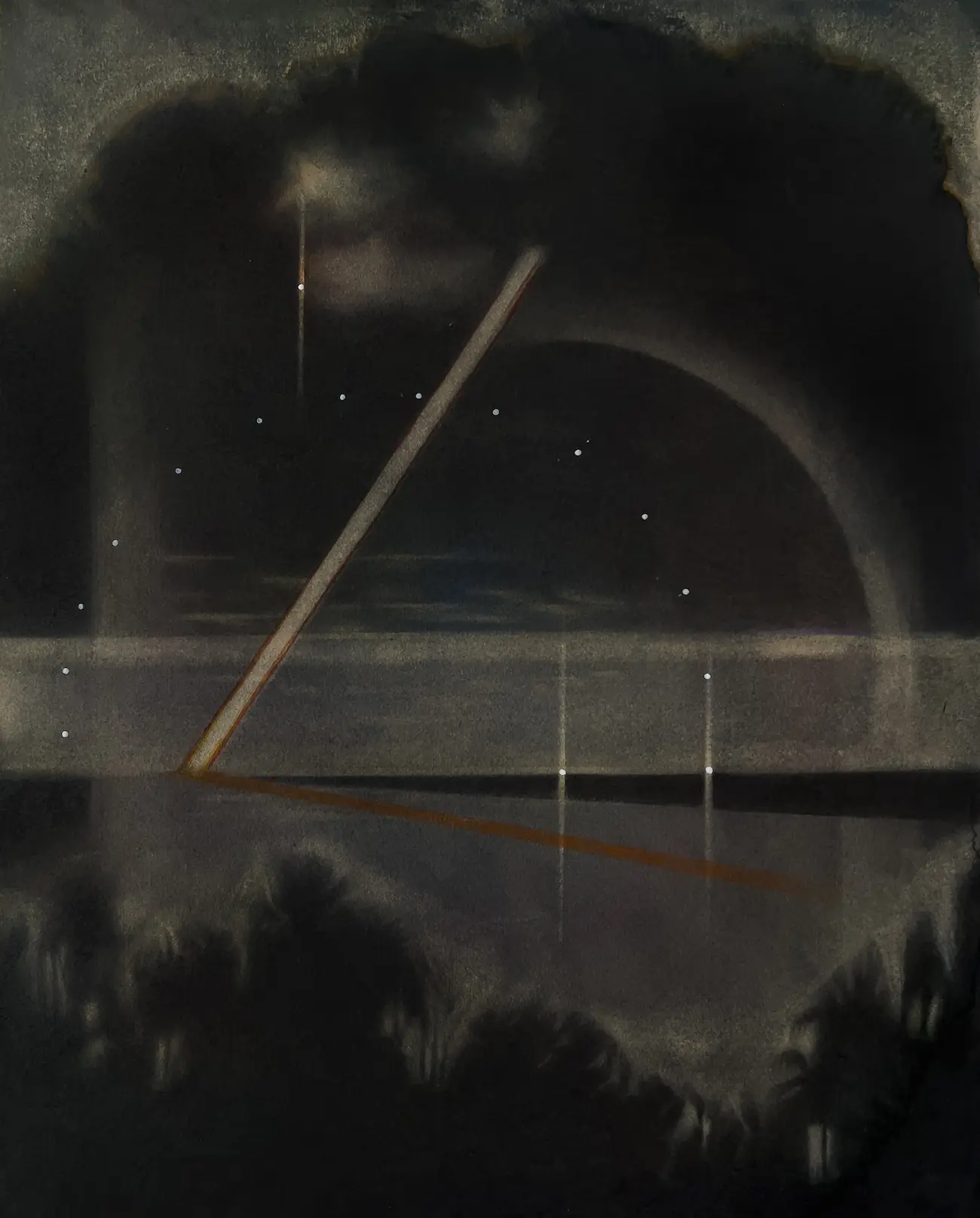 Terra Keck, “The Signal” Eraser Drawing / Graphite, Watercolor, Colored Pencil, Acrylic Paint on BFK on Panel, 16” x 20”, 2025
Terra Keck, “The Signal” Eraser Drawing / Graphite, Watercolor, Colored Pencil, Acrylic Paint on BFK on Panel, 16” x 20”, 2025
Do you believe in and seek out sacred places? Do the places in your drawings feel sacred to you?
Yes, I do seek out sacred spaces. One that I really love is a very sacred and religious space, the museum on Eldridge Street, which is Jewish Temple. I think it is one of the first Jewish spaces in New York City. And you can go in any day, and it's always empty if you go in during the day, and the candles are always lit. And they have this really beautiful ceiling that they've painted with these gorgeous stars. And it's an amazing place for contemplation. Especially around that Chinatown area, which is so full and vibrant and hustle and bustle.
I love a lot of religious spaces, because they've kind of set everything up for you to commune and as an artist and as a conduit, I'm always just trying to tap into that telephone line of the thing that I'm trying to communicate with.
But outside of these manmade sacred spaces, I also spend a lot of time in quiet, natural places that make me feel small. When I was living in Hawaii during graduate school, the only way that I could really calm myself down during the terror of grad school and the terror of the first Trump presidency was going somewhere where I felt like this little thing on this little island, surrounded by this giant ocean, and that smallness made me feel like the consequences of my actions were not life or death. That is something that I'm always kind of seeking. I feel that sometimes in New York City, when I look out the window and I see all the lights of all of the different living rooms that are lit up during the evening.
There are a lot of makeshift altars in your studio. What inspires you to make them, and what do you think gives objects importance?
You know, it's funny. You mentioned that during our studio visit. You had come over and you said, there's so much to look at. And I looked around, and realized I have a lot of things, a lot of tiny things. And I had only recently, maybe in the past couple years, really considered altar building to be a part of my spiritual practice. And when we think of altars, we think they must have the math of being in a sacred space, right? You have this idol, and you give it offerings, and it has this and this and that. But if you take that away, an altar is really like a temple to wishes and a temple to ideas, a temple to what you value. You can think about like the fountain in the middle of an old shopping mall as an altar: we throw money into it, and we make our little wishes, right? Your background on your phone screen is another kind of altar. It's this place that we put things can't be put in a drawer because they're important, and we want to look at them. And we also want other people to look at them, because they harbor magic.
And so, I would say that making altars is something that I do naturally, but I've only recently started to recognize them.
You have spoken about aliens, the occult, and ghost visitations having the same qualities. Can you describe what those are?
During my occult studies, I found that angel visitation and spirit visitation and alien visitation, entity visitation, the things that people report, physically and psychically and emotionally and socially are very similar. They're not all similar: people, of course, are individuals, and statistics mean nothing to the individual, but a lot of them will have missing time. Or missing time between spaces, saying, “I started in the living room, and then I woke up and I'm on the roof, or I'm in town.” Next up is some kind of temperature shift. People get really hot, or they get really, really cold. And it's unnatural, it's not a hot flash. It's this feeling of moving into a space, they move into a room and realize that something's different. One that’s also common is some sort of light situation. It's lights in the sky or a really bright light that you can talk to in some way.
Nobody comes out of this and is the same person that they were before. A lot of times they become less religious but more spiritual. They are overcome with this idea that things are bigger and more expansive than you thought they were. People feel more connected.
When I talk to people about my work, one of the first things I say is that I make eraser drawings about UFOs, and from that moment, I can tell exactly how people feel about me. And sometimes I have people say, “Well! let me tell you!” And I love catching those little baby birds, because you know that they've been waiting for someone to listen to them. And people are so mysterious, and they have all these little nooks and crannies that they're even discovering about themselves. And I love that I can never truly know another person in the way that they know themselves, and nobody really truly knows themselves fully. So, I like looking at those little pieces, getting access to those little pieces of people.
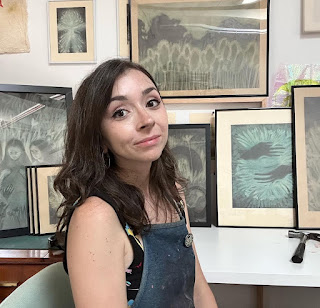
Biography
Kate Corroon Skakel is a Brooklyn based sculptor and printmaker. Her work has been exhibited through the US and Europe. Skakel is a graduate of the University of Vermont.
